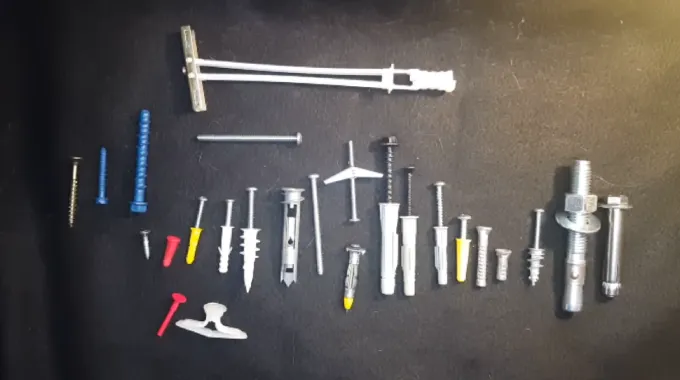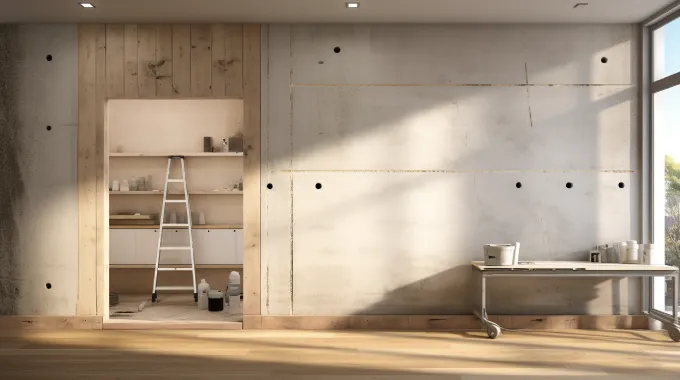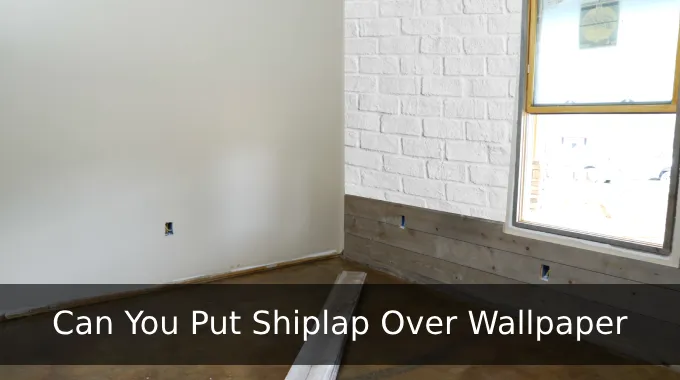Last Updated on July 30, 2023
When hanging items on your drywalls, you might reach for a drywall anchor, but what if it’s plaster? Don’t worry! You can use drywall anchors to secure curtain rods and other fixtures into the wall without causing damage or compromising its structure unless they are self-drilling.
When dealing with plaster walls, you must use caution when selecting mounting hardware. Employing the wrong type can leave a nasty hole in your wall, and that’s just not good news. These anchors can cause damage and may not even provide reliable support.
Make sure you know exactly which ones should go into the installation process for optimal performance. Here, we explore the different types of drywall anchors that can help make it happen with their pros and cons.
Can You Use Drywall Anchors in Plaster: What Types?
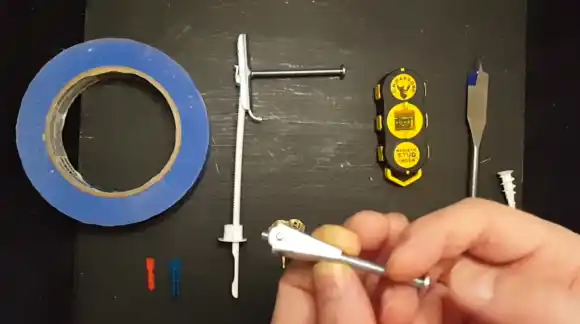
When hanging items on a wall, the type of anchor used is an important consideration. Drywall anchors can provide secure attachment points for shelves, artwork, and other items in plaster walls.
For the best results, it is important to use an appropriate anchor for plaster walls. This article will discuss four types of drywall anchors that are suitable for use in plaster walls.
1. Specialized Plaster Anchor:
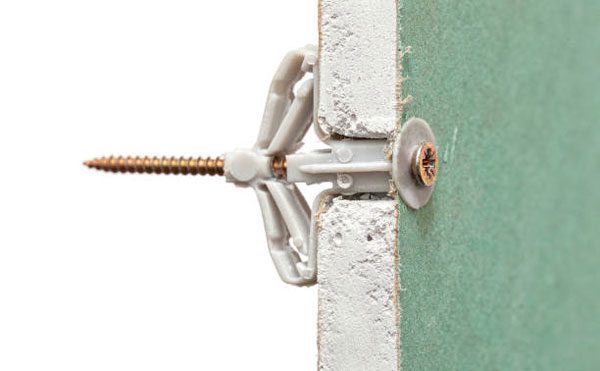
Specialized plaster anchors are specifically designed for use in plaster walls. They come with built-in wings or fins that grip the surface of the plaster, providing a much stronger hold than traditional plastic anchors or screws alone.
These anchors feature a pre-drilled hole slightly wider than the anchor itself, allowing it to expand as it is inserted into the wall. This expansion helps to secure it firmly in place and prevents it from coming loose over time.
When choosing a specialized plaster anchor, select one with enough bearing capacity for your particular application.
2. Toggle Bolt Anchor:
Toggle bolts are another type of drywall anchor typically used in plaster walls. These bolts designed for use in plaster come with a pre-drilled hole and have wings that expand when inserted into the pre-drilled hole.
This design makes them easier and faster to install than standard toggle bolts while still offering strong holding power. Note that a toggle anchor requires a larger hole than a regular screw.
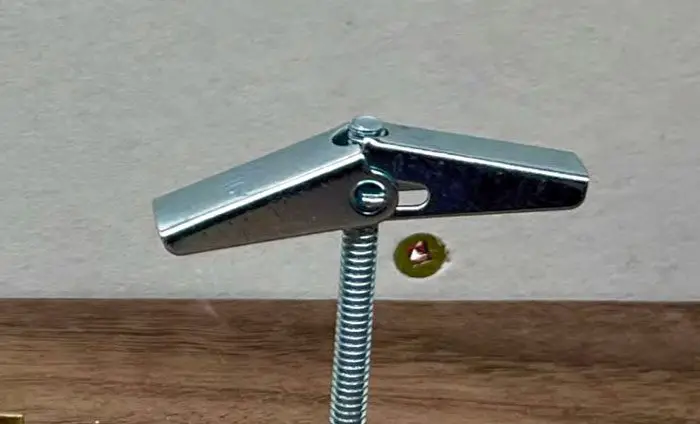
3. Expansion Anchor:
Expansion anchors are ideal for suspending items from ceilings or walls constructed of plasterboard or lightweight plaster. They provide a secure hold in materials without damaging their surface, making them ideal for light-duty applications that don’t require high strength but require aesthetics.
Expansion anchors consist of two parts: an outer sleeve and an internal plug are driven into place by tightening the sleeve with a screwdriver or drill bit once inserted into the wall or ceiling cavity.
4. Molly Bolt Anchor:
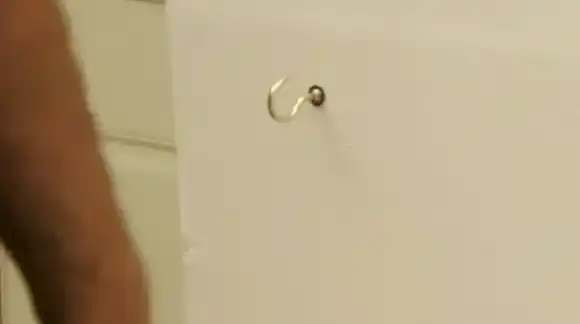
Molly bolts (also known as hollow-wall anchors) are versatile drywall anchors that can be used on both plaster and drywall surfaces alike.
These zinc-plated steel fasteners feature built-in expansion wings which spread out behind thin materials such as sheetrock or lath & plaster after being tightened into place with either a screwdriver or drill bit.
These bolts are a superpower among drywall anchors. With impressive holding power, they easily tackle the toughest of jobs.
5. Plastic Hollow Wall Plug:
A plastic hollow wall plug is a great option for light-duty applications in plaster walls. It is easy to install and does not require any additional wall damage for its installation.
The plug has multiple ridges or fins on the outside, which expand once inserted into a hole drilled in the wall, providing stability and added support. The plastic material also makes it available in various colors so you can match your décor accordingly.
6. Winged Plastic Anchor:
Winged plastic anchors are medium-duty anchors that are perfect for hanging items on plaster walls with minimal effort or damage to the wall itself.
They feature two wings that pull firmly against the wall’s surface when installed properly, providing extra strength and stability compared to regular expansion anchors.
This type of anchor is usually only suitable for lighter materials such as picture frames and shelves made from lightweight materials like wood or fiberboard.
7. Spring Anchor:
Spring anchors are great for hanging items with springs of varying sizes and weights because their non-invasive design leaves no marks or damage to the plaster surface.
They provide adequate support for mirrors, shelving units, and other household items that need to be suspended from plaster walls. They are also more affordable than other specialty screws.
8. Adhesive Anchor:
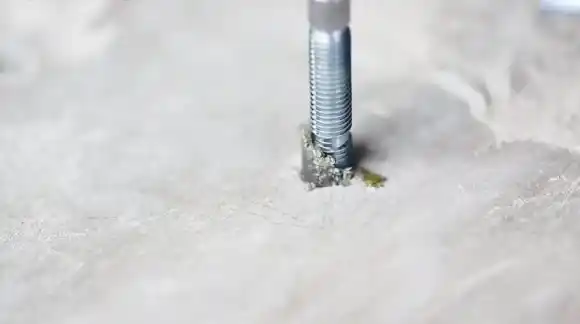
Adhesive anchors provide heavy-duty holds on plaster surfaces while also being quick and straightforward to install. You can use them to hold mirrors or artwork securely on your walls without the risk of damage caused by drilling or screwing.
Epoxy-based adhesive ensures your anchor is firmly attached while resisting moisture, climate changes, and weather conditions, so you won’t need to worry about it coming loose in the future.
9. Sleeve Anchor:
Sleeve Anchors are a heavy-duty option perfect for applications where extra strength is required above what other types of drywall anchors can provide. These versatile devices come in a variety of sizes, so there’s sure to be one that works perfectly with whatever project you have in mind.
These anchors offer fantastic support, so they’re great for attaching signs, lights, fixtures, doors, gates, etc. The ease of installation and power make them a great choice for any project requiring extra security from strong winds, vibrations, impacts, etc.
What Type of Drywall Anchors can’t Be Used in Plaster?
When referring to drywall anchors, it is important to remember that not all of them are suitable for use with plaster. Plaster is a much more fragile material than drywall and therefore, certain types of anchors cannot be used in it.
Self-drilling anchors, also known as self-tapping anchors or threaded drywall anchors, are not recommended for use in plaster walls because their sharp ends cause too much damage to the material.
The process of drilling into the plaster can put too much strain on the plasterboard and can cause it to crack or chip away easily. To avoid unnecessary damage to the wall, it is best not to use self-drilling anchors when hanging items on plaster walls.
Benefits of Using Drywall Anchors for Hanging Items in Plaster Walls
When hanging items such as shelves, mirrors, and paintings on plaster walls, drywall anchors are generally the preferred choice of fastener. Unlike nails or screws alone, drywall anchors provide a more secure and permanent hold.
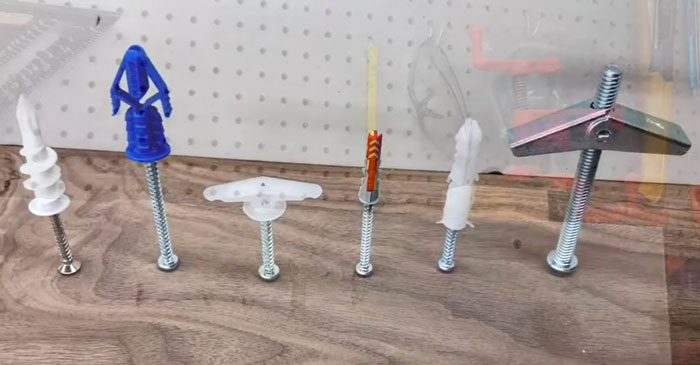
However, they also have other advantages that make them ideal for applications where strength is important but so is the ability to remove or adjust the item in the future.
Greater Strength:

Drywall anchors offer greater holding strength than nails or screws alone when it comes to securing items to plaster walls. The anchor is designed to spread out the pressure of a screw or nail and distribute it over a larger area making for a much stronger hold.
This makes them ideal for heavier loads that need extra support such as cabinets and bookshelves. They can even be used in concrete and brick walls due to their superior strength.
Easy To Install And Remove Later On If Necessary:
Installing drywall anchors into plaster walls is a straightforward process that only takes a few minutes with the right tools. All you will need is an electric drill, a smaller bit than the anchor, and an adjustable driver if necessary.
Removing them also couldn’t be easier since all you need to do is take out whatever type of fastener was originally used with it, leaving only a tiny hole in your wall which can be patched over afterward if necessary.
Can be Used With Numerous Types Of Fasteners:
Drywall anchors can be used with various fasteners, including screws, hooks, bolts, and more depending on what you’re trying to hang up from your wall.
With this versatility, you can choose the right anchor depending on the application, whether it is a light picture frame or a heavy entertainment center unit weighing hundreds of pounds.
Drawbacks to Consider When Using Drywall Anchors in Plaster Walls
Drywall anchors are a fast and convenient way to secure items to surfaces, but when installing them on plaster walls, there are a few drawbacks to consider.
Not Suitable for Load-Bearing Applications:
When installing drywall anchors in plaster walls is their inability to bear high loads. Plaster isn’t as strong as other materials like wood or metal, and the anchors aren’t designed to bear heavy weight.
Wrong Size or Type Anchors Can Damage the Wall
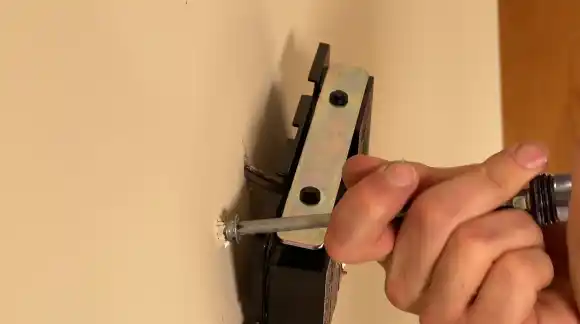
If you select an anchor that doesn’t fit properly into your wall, it can cause damage when trying to insert it as well as a failure once installed due to poor leverage against the wall material.
To avoid this issue, you should measure your anchor hole prior to purchasing an anchor and confirm that you have chosen one with the appropriate length and width specifications for your application.
How to Install a Drywall Anchor into a Plaster Wall?
Installing a drywall anchor into a plaster wall is a relatively straightforward process that can be completed with minimal effort and resources. We will provide instructions on installing a drywall screw into a plaster wall, as well as advice on tools needed and tips for achieving optimal results.
In order to screw drywall anchors into plaster walls, you will need some essential tools:
- An electric drill
- The right type of anchors
- An appropriately sized drill bit
- A hammer
Once you’ve chosen the appropriate type of anchor for your wall material and desired item weight, there are several steps involved in properly installing it:
Step 1. Mark where you’d like to place your fastener on the wall.
Step 2. Use a drill bit slightly smaller than the diameter of your drywall anchor.
Step 3. Place your drill against the marked area on the wall and slowly create a pilot hole.
Step 4. Place an anchor inside and slowly but firmly hammer or twist it until secure. Ensure not to over-tighten, as this can lead to cracking or crumbling within plaster walls over time.
When Should You Not Use Drywall Anchors on Plaster?
When attaching something to a plaster wall, it is not recommended to use drywall anchors because the surface of the plaster is not thick enough to provide sufficient support for the material.
Drywall anchors are designed for thicker surfaces such as sheetrock or gypsum board. If you try to install a drywall anchor in a plaster wall without adequate backing or support, it may fail and cause the anchor and whatever material is attached to pull away from the wall.
Can I plaster plasterboard for use drywall anchors?
Plastering your plasterboard before using drywall anchors can offer additional benefits. When you plaster, you are creating a smooth surface that will provide a more secure hold for your anchors. This extra layer of plaster can also help distribute the weight of the object being hung more evenly, reducing the risk of the anchor pulling out of the wall.
In addition, it can improve the appearance of your walls. Skimming the surface with a thin layer of plaster can fill in any unsightly gaps, blemishes, or imperfections, providing a sleek, polished finish.
How Much Weight Can a Screw in Plaster Hold?
Screws installed into sturdy lath and backing can hold up to 80-100 pounds or 36-45 kilos of weight when properly secured.
However, the amount of weight a screw can hold in plaster depends on several factors including the type of screw used, how securely it was installed and how much reinforcement was added behind the plaster surface.
Do Plaster Walls Have Studs?

Yes, most plaster walls have studs located behind them. Studs are vertical boards made from wood that act as framing members within a wall system. The studs provide stability and strength for walls as well as provide locations where items such as fixtures and cabinets can be attached permanently.
Can You Drill Straight into Plaster?
Yes, you can drill straight into plaster, provided that you use appropriate safety measures and tools for doing so. Drilling into plaster walls with carbide-tipped bits will reduce tool and surface wear since they’re heat-resistant and hard, helping to reduce wear on both.
Why Do Screws Pop Through Plaster?
Screws popping through plaster can occur when they are installed too deeply into the wall. This can happen when a drill is set to too high a speed, which causes the screw to be driven deeper than it should be.
If the studs in the wall have expanded or contracted due to changes in temperature or humidity, this can also cause screws to pop through the plaster.
Why Won’t My Anchor Go into the Wall?
An anchor won’t go into the wall because it is not the right type of anchor for your particular project. Different types of anchors are designed for different materials, such as drywall, plaster, brick, or concrete, and must be matched accordingly with the intended material.
Are Wall Anchors Only for Drywall?
No, while wall anchors are commonly used with drywall, they can also provide support on other surfaces such as plaster, brick, and concrete.
What Is The Best Wall Anchor To Use For Plaster?
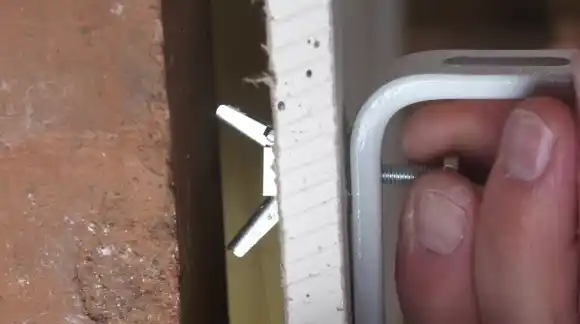
Metal toggle bolts are generally considered one of the best options when anchoring items into plaster walls as they offer superior holding power compared with other fasteners.
Their two wings spread out after insertion, securing firmly onto both sides of a hole and holding strong even on more brittle surfaces like plaster walls. These bolts come in various sizes, so be sure to select one that matches up with both your application and weight requirements accordingly.
Install Drywall Anchors into Plaster Walls Safely and Securely
Installing drywall anchors into plaster walls is possible and can provide a secure way to hang heavy objects without damaging the wall.
However, not all types of drywall anchors are suitable for these materials, so you must know which ones can and cannot be used before beginning your project. It is essential to follow proper installation instructions because failure to do so could result in injury or wall damage.
Care must also be taken to install the anchor correctly and securely enough for its intended purpose. With the right knowledge and preparation, you should have no trouble successfully attaching objects securely on your plaster walls with the help of drywall anchors.
